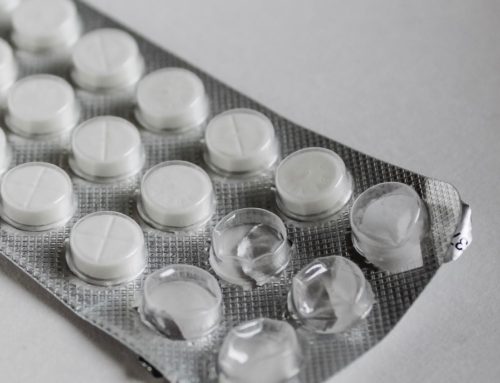I grimace each time I hear the word “fat-free.” Fat-free doesn’t mean sugar-free, and it sure isn’t problem-free.
Ever since the sixties we’ve been told that fat is the worst thing we can put in our bodies. Fact check: that’s just not true. In fact, obesity in America has been spiking upwards even though we’ve cut our consumption of fat. Long-term studies also show that people on low-fat diets do not lose more weight than people eating regular diets. The prevalence of chronic diseases has also ballooned, probably in part caused by the low-fat craze. Here’s why fat-free is a problem and some food choice ideas to replace the fat-free fad.
The Problem with Fat-Free Dieting
1. It’s high in sugar and other pro-inflammatory ingredients
Sometimes “fat-free” is also, well, taste-free. To make up for that, food makers tend to pour other ingredients – especially sugar, flour, thickeners, and salt – into the products. That can add calories. These added ingredients tend to be high-glycemic, causing inflammation and increasing chronic pain.
Low-fat and fat-free products also tend to be lower in quality and loaded with additives such as artificial color and soybean oil. Refined soybean oil is a problematic inflammation-causing fat we should avoid.
2. Low-fat foods make you eat more
A patient once told me that she made a cheesecake with low-fat cream cheese and ended up eating second and third servings. That’s common. Low-fat and fat-free foods often don’t taste as good as their regular counterparts and to compensate, we eat more of it.
There’s also a chemical reason why we consume more low-fat servings. Fat signals to our brain that we are full. Without it, we’ll keep on going. If you eat two servings of low-fat cheesecake with 300 calories each, that makes 600 calories. That’s a lot more calories and much less satisfying than eating one slice of regular cheesecake with 400 calories.
So, What Should I Eat Instead?
1. Think about eating ‘good fat’ instead of ‘fat-free’
Choose monounsaturated fats like olive oil instead. You’ll gain more HDL, or ‘good cholesterol’, and reduce LDL, the “bad cholesterol” in your body. Also, eat more fish. Eating tuna and salmon in reasonable portions may also help lower LDL cholesterol.
2. If you eat meat, choose lean cuts
Stay away from saturated fats found in animal products (meat or full-fat dairy products).
3. Eat more whole grains and greens
Whole grains and produce contain lots of fiber and water that help you feel full.
4. Read the food labels
Check that the food product isn’t full of sugar, additives, or ingredients you don’t recognize. If you can’t read the word, you probably shouldn’t eat it.
Chew on this
Eating well doesn’t have to be complicated. Here’s a rule of thumb: avoid food products that seem appealing because of a marketing message. Guidelines to eating well don’t change nearly as often as passing marketing fads.
With a diet of whole grains and greens, your meals will be a snap to make and naturally low in fat. Eat well and live well.




